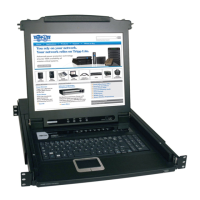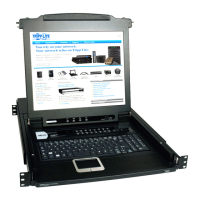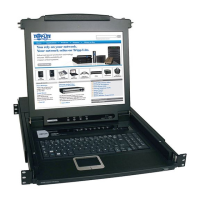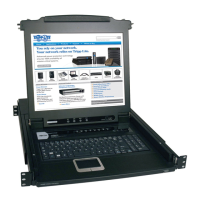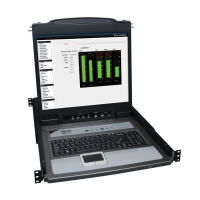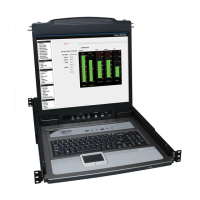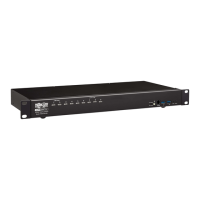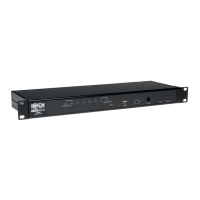1
Owner’s Manual
Console KVM Switch
with IP Access
Model # B020-008-17-IP and B020-016-17-IP
Tripp Lite World Headquarters
1111 W. 35th Street, Chicago, IL 60609 USA
(773) 869-1234 • www.tripplite.com
Copyright © 2008 Tripp Lite. All rights reserved. All trademarks are the property of their respective owners.
The policy of Tripp Lite is one of continuous improvement. Specifications are subject to change without notice.
Warranty
Registration:
register online today for a
chance to win a FREE Tripp Lite
product—
www.tripplite.com/warrant
y
